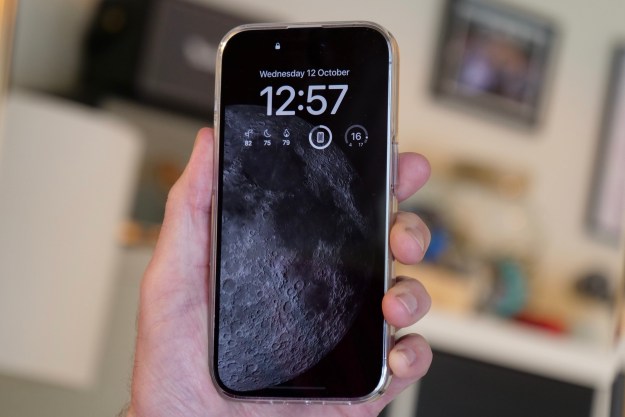
Mobile phones are increasingly taking over more and more parts of our lives. Everyone knows where we are at any given point. They see what we’re eating before we’ve even taken our first bite. And it’s not unusual for a concert venue to look more like a sea of screens, as people focus more on recording the event than they do enjoying it. And now, it looks like the next stage is interrupting professional sports events … and we’re not talking from the spectators’ side of the field.

On Monday, during the ongoing French Open tennis match, Ukraine’s Sergiy Stakhovsky was upset about a call the referee made about where the ball landed in relation to the boundary. The call resulted in Stakhovsky’s loss and, while it’s not uncommon for an athlete to be irate over such a call, an angry outburst is typically where it ends. (Or in some cases, follow-up reviews of video footage.) After unsuccessfully having words with the umpire, according to ESPN, Stakhovsky whipped out his iPhone and snapped a photo of the mark the tennis ball left in the clay. He then took to Twitter to showcase the photo with the message, “Well…here what you asked for…”
The loss ultimately ended the tennis player’s chances at winning the open. To boot, it means he will take a loss in any prize money. So he plans to take the photo to tournament supervisors to review.
While a decision has yet to be made as of press time, the outcome could have an impact on the future of professional sports. If the call is overturned, we could very well see a trend, where athletes become their own documentarians, using their mobile devices to benefit their personal game.
We can only help but wonder: where else can we expect to see mobile phones infiltrate next? Are surgeons going to start tweeting pictures of their patients?
Editors' Recommendations
- iPhone 16: news, rumored price, release date, and more
- iPhone SE 4: news, rumored price, release date, and more
- Here’s how Apple could change your iPhone forever
- How to connect an iPhone to a Mac with or without a cable
- How to use iMessage on an Android phone or tablet


